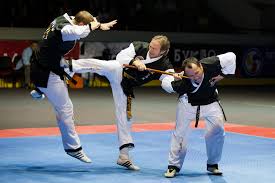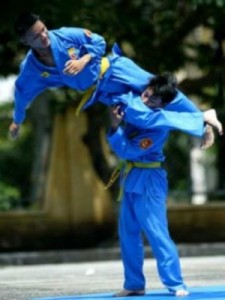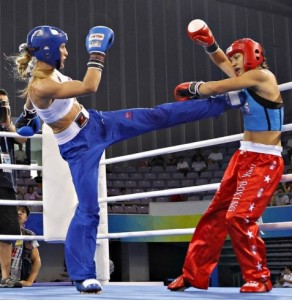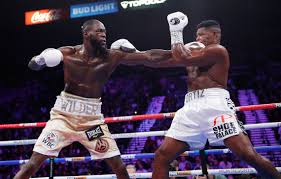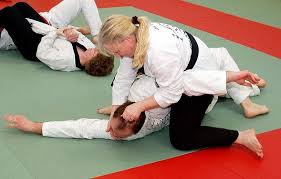Your martial art and its realism
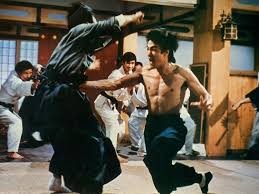 When we talk about a fight in the original sense of the word, we do not begin to talk about certain organizations or tournaments, but, first of all, we mean realism in its street manifestation. Recall that this was one of the main factors that prompted us to begin the study of martial arts.
When we talk about a fight in the original sense of the word, we do not begin to talk about certain organizations or tournaments, but, first of all, we mean realism in its street manifestation. Recall that this was one of the main factors that prompted us to begin the study of martial arts.
Speaking of street combat, I mean a situation when you find yourself in a rather limited space – no more than a step to the left or right. This is far from the same as clown show fights in a fairly spacious ring. Believe it or not, most martial arts followers have forgotten about it and, therefore, do not properly prepare themselves for such situations. In order to feel confident in a street collision, four technical components are needed: the ranged technique (punches, kicks, blocks), the melee strikes technique (elbows, knees, etc.), the control technique (locks, pain techniques), the technique of throwing and capturing.
In a street collision, as a rule, rivals manage to perform no more than two technical actions, as they find themselves at a distance that does not allow further use of amplitude strikes. In other words, one hit is one answer. If no technique has led to the desired result, then you and the opponent will come close to each other. Thus, given the fact that such a scenario is quite real, it is very important to understand the need for practicing close-range strikes, captures, throws, etc.
I know that the majority of people in martial arts have certain weaknesses in technical training. The average karate player, as a rule, is inexperienced in the ability to conduct throws and control, while his colleague in jujitsu is very weak in the technique of blows at long and short distances. I believe that the reason for this is not that this or that technique is absent in any of the systems, but that beginners focus all their attention only on certain aspects of training to the detriment of others.
Explaining the above, let me take, for example, a karate. Until the 1st dan, he or she basically devotes all the time to studying basic kicks, kicks, blocks, i.e. long and medium range techniques. The meaning of their kata, kihons and self-defense complexes usually comes down to the same tasks.
Or another example is the practice of jujitsu. He devotes more attention to the development of locks (to one degree or another), the ability to control and throw the opponent. As a result, most of his techniques are also narrowly targeted.
As I mentioned earlier, both directions, both karate and jujitsu, have everything you need in the sense of street self-defense. The main problem of many students in each of the systems is that, for one reason or another, they do not spend enough time studying their respected disciplines in order to fully master all the techniques.
Let’s go back to the karate. At level 2–3 of dan, he already has a well-polished strike technique to concentrate on the throws and control. He can do this, including these techniques in the self-defense section and analyzing the kata more closely. Such an approach to training is vital for a karateka, but the main thing is to understand and master the technique so that, in a difficult situation, be ready to use it not only physically, but also psychologically.
Similar tasks are faced by a follower of jujitsu, but, of course, with different accents. It is well known that one of the ancient sages stated that we all walk along different paths to one peak, but the view from it is one for all. I think this is said very correctly, but it means not only that all people are inseparably connected with the universe and with each other, but also that we are able to control this or that situation in life to the same extent. This is true in the general sense, but, again, speaking of an extreme street situation, it means that a specialist in martial arts, no matter which one, should be able to inflict a guaranteed defeat on the enemy. The latter is true only if we understand the importance of work in the four components that I spoke about at the beginning.
Having this knowledge, he or she will have the necessary confidence that will make it possible to control street situations in the sense that it will punish the one who deserves it and forgive the one who deserves forgiveness.
